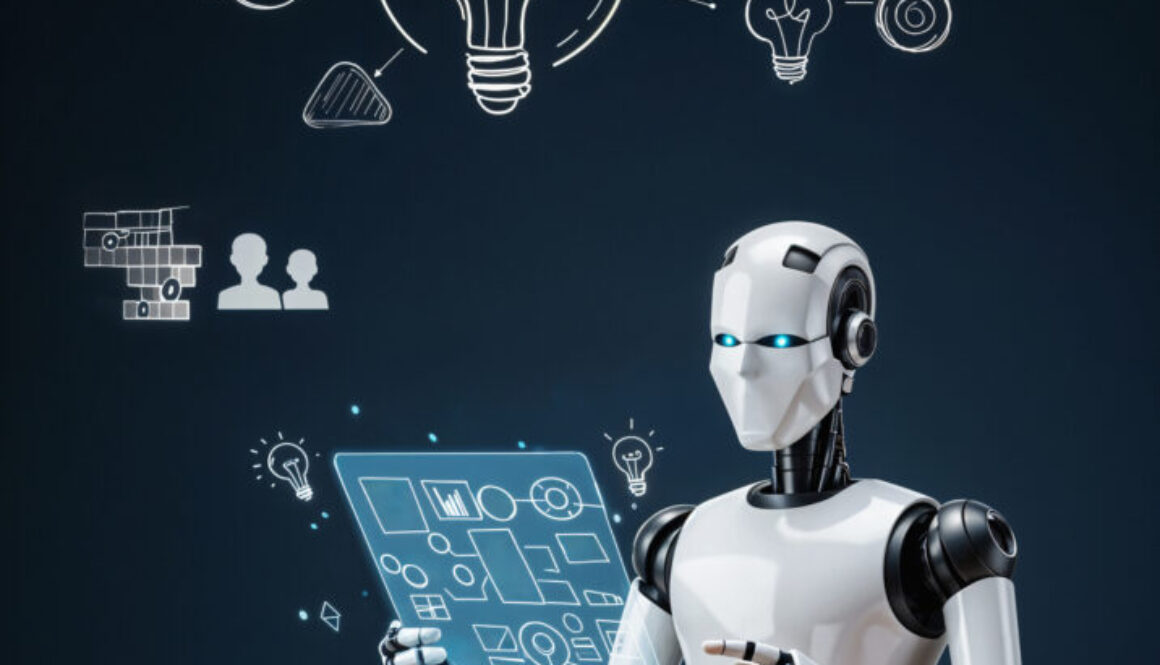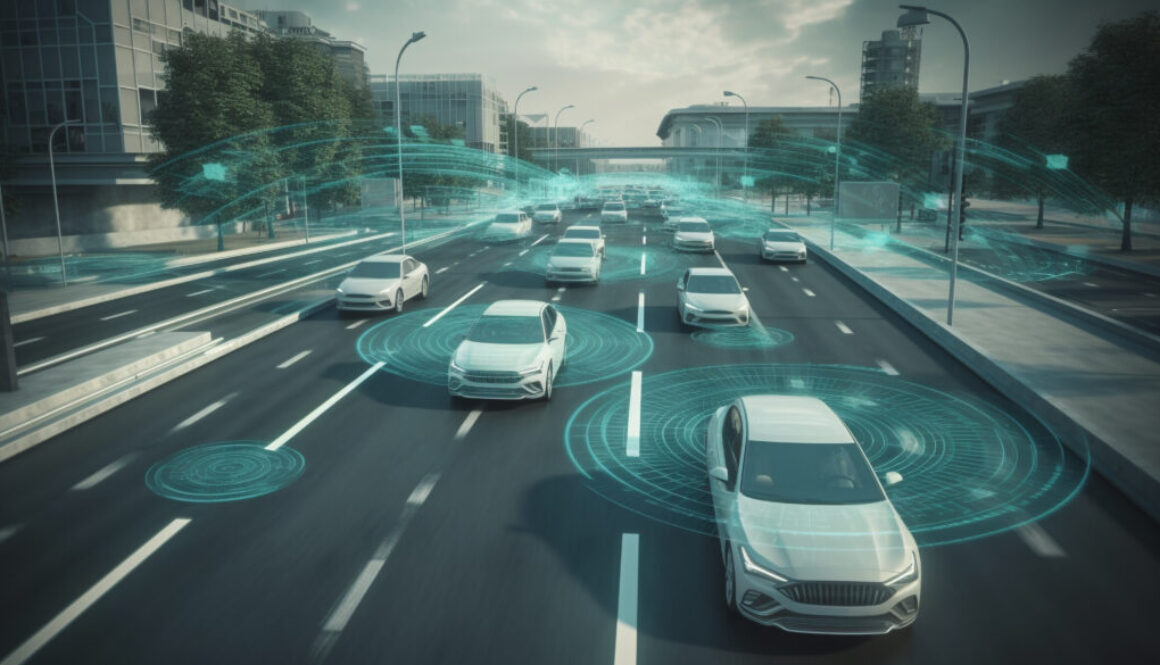FleetX: Revolutionizing Data-Driven Fleet Management for the Modern Era
Fleet management today is more than just tracking vehicles — it’s about harnessing insights, ensuring safety, and maximizing efficiency across every aspect of operations. Enter FleetX, a next-generation telematics and fleet intelligence platform designed to empower every stakeholder involved in mobility — from operations teams and fleet supervisors to on-ground drivers.
What is FleetX?
FleetX is a comprehensive fleet management and telematics solution that delivers real-time visibility, predictive insights, and operational efficiency for fleets of all sizes. Initially developed for insurer-specific telematics, FleetX has evolved into a multi-role ecosystem supporting end-to-end operations — built on a shared, reusable data layer that ensures consistent performance and scalability across use cases.
Whether you manage a city’s cabs, emergency ambulances, logistics trucks, delivery fleets, radio supply vans, or intercity buses — FleetX is built for you.
Every user within FleetX can be assigned specific roles as needed — enabling clear visibility, access control, and accountability across your organization. This role-based access ensures everyone gets the tools they need — from high-level performance dashboards to on-road driver assistance — in one unified package.
FleetX for Fleet Managers
As a fleet manager, you’re at the core of daily operations — responsible for optimizing routes, improving safety, and ensuring every trip runs on time. FleetX transforms complex data into clear, actionable insights that let you monitor your vehicles, support drivers, and make smarter operational decisions.
Core Capabilities:
- Real-time tracking and analytics for every vehicle
- Driver performance and behavior monitoring
- Trip details, safety scoring, and incident reports
- Automatic alerts for critical events like speeding or idling
- Integrated route planning for optimized dispatch and delivery
The FleetX Ecosystem
FleetX isn’t just another tracking tool — it’s a complete data intelligence ecosystem that unites vehicles, people, and insights into one cohesive workflow.
- Authentication & Role-Based Access
Every user’s experience is tailored to their role — whether they manage compliance, analyze data, or operate on the road. This ensures security, transparency, and efficiency at every level.
- Live Fleet Tracking
Track all vehicles in real time with status indicators like engine ON/OFF, idle, or in motion. Fleet managers can drill into trip histories, analyze route efficiency, and review detailed performance summaries.
- Trip & Safety Scoring
FleetX provides monthly summaries of each vehicle’s performance and safety behavior — analyzing metrics like speeding, harsh braking, and cornering. These patterns can be linked with video data for deeper investigation.
- Event Monitoring & Alerts
From SOS signals to unauthorized stops, every event is logged with timestamps, GPS data, and video evidence. No incident goes unnoticed.
- First Notification of Loss (FNOL)
In case of accidents, FleetX automatically generates a detailed FNOL report — complete with video and telematics evidence. This helps reduce fraud, speed up claims, and improve transparency.
- Fleet & Vehicle Management
Manage all vehicles, documents, and driver assignments in one interface. FleetX simplifies compliance and fleet organization — ensuring you stay audit-ready.
- Device Management
Connect seamlessly with telematics devices or mobile-based sensors. FleetX monitors device health, metadata, and even supports Request Video for on-demand visual validation.
- Data Aggregation & Reporting
FleetX dashboards consolidate performance metrics — from fuel usage and trip punctuality to safety scores and event summaries. Reports can be generated instantly and shared across teams.
- IFTA Compliance
For fleets operating in the U.S., Canada, or Mexico, FleetX simplifies fuel tax reporting by automatically calculating mileage per state and generating compliant reports.
- HOS (Hours of Service) Compliance
FleetX automatically tracks drivers’ on-duty, off-duty, driving, and rest hours — ensuring compliance with FMCSA regulations and preventing fatigue-related risks.
Key benefits include:
- Automated logs synced with trip data
- Real-time alerts for approaching duty limits
- Instant compliance reports for audits
Key Features
- Live Location Tracking
Monitor your entire fleet in real time, from anywhere. Enhance delivery accuracy and operational visibility. - Live Video Feed
Gain visual insight into what’s happening inside or around vehicles — improving safety, accountability, and rapid incident response. - Real-Time Event Alerts
Get instant notifications for speeding, harsh braking, or route deviations — enabling proactive decision-making and preventive maintenance. - Driver Behavior Monitoring
FleetX evaluates acceleration, braking, and cornering patterns to promote safer, more efficient driving and reduce fuel costs. - Routing and Dispatch Optimization
Intelligent route planning ensures timely deliveries and minimal fuel waste, factoring in traffic and priority levels. - Mobile as a Telematics Device
FleetX transforms any smartphone into a telematics sensor — reducing hardware dependency while maintaining robust tracking and behavioral insights. - Plug-and-Play Telematics Devices
For deeper diagnostics, plug-and-play devices offer advanced vehicle insights without complex installation or setup.
Built for Every Fleet, Everywhere
From cabs and ambulances to buses, radio supply vehicles, and delivery fleets, FleetX adapts to diverse operational, regulatory, and geographic needs.
It’s a ready-to-deploy, fully integrated package, tailored to your business requirements and designed to scale globally.








